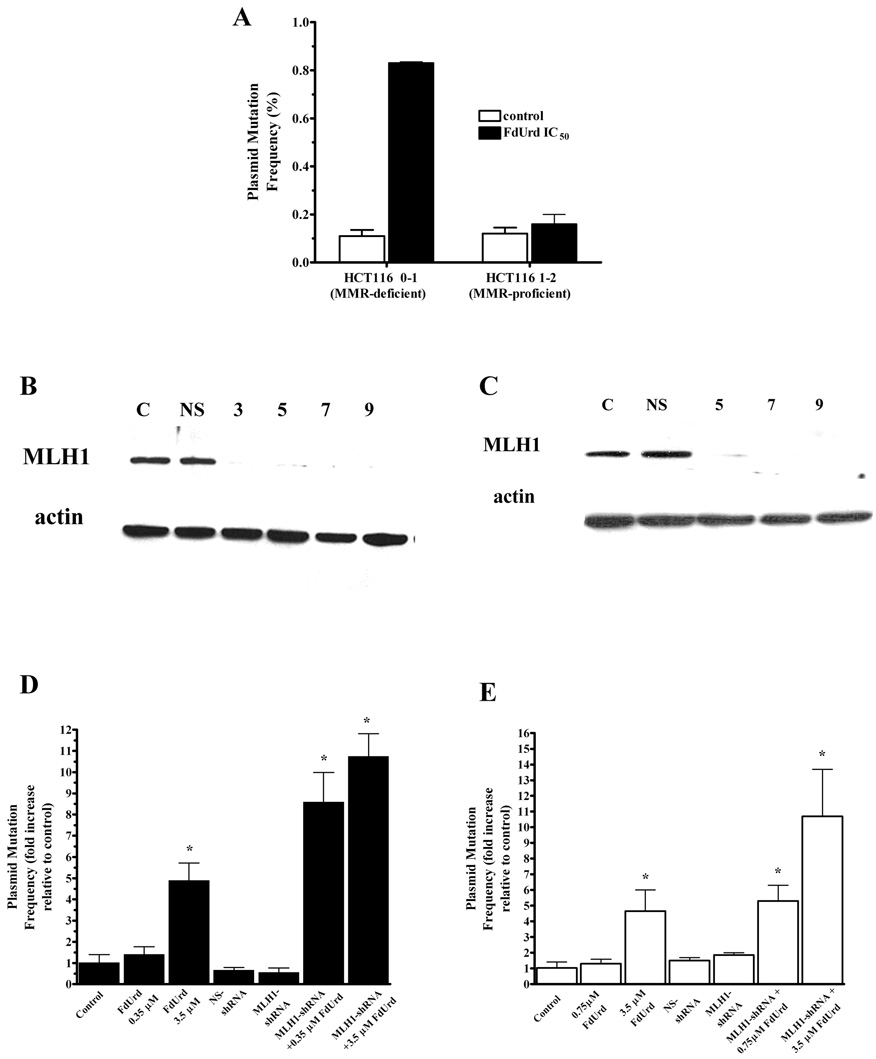Fig. 1. MLH1 deficiency promotes an increase in FdUrd-mediated DNA mismatches and potentiates radiosensitization by FdUrd.
(A) pSP189 plasmid mutation frequency in HCT116 MLH1-inactivated and HCT116 MLH1-wildtype cells. Cells were transfected with pSP189 plasmid overnight, washed and incubated with FUrd (IC50) for 24 h. Plasmids were harvested 24 h after drug washout. DNA was harvested from replicated plasmids, electroporated into E. coli and mutation frequency calculated as # white colonies / # (white + blue) colonies. The supF sequence of a portion of the control plasmids and all of the mutant plasmids were confirmed by DNA sequencing. The data presented are the means ± SD. *significantly > control (P < 0.05), within each cell line. (B and C) Whole cell lysates were analyzed by Western blotting for MLH1. Expression of β-actin is shown as a loading control. A representative blot from a minimum of three separate experiments is shown. (D and E) pSP189 plasmid mutation frequency in SW620 cells (D) and HCT116 1–2 cells (E). Both cell lines were left untreated or transduced with MLH1-shRNA or NS-shRNA. Five days following the absence or presence of shRNA treatment, cells were incubated with IC50 or IC90 for FdUrd or left untreated (control). Results are expressed as the –fold increase relative to the untreated control cells within each treatment group. The data presented are the means ± SE of at least three separate experiments. * significantly > control (P < 0.05).

